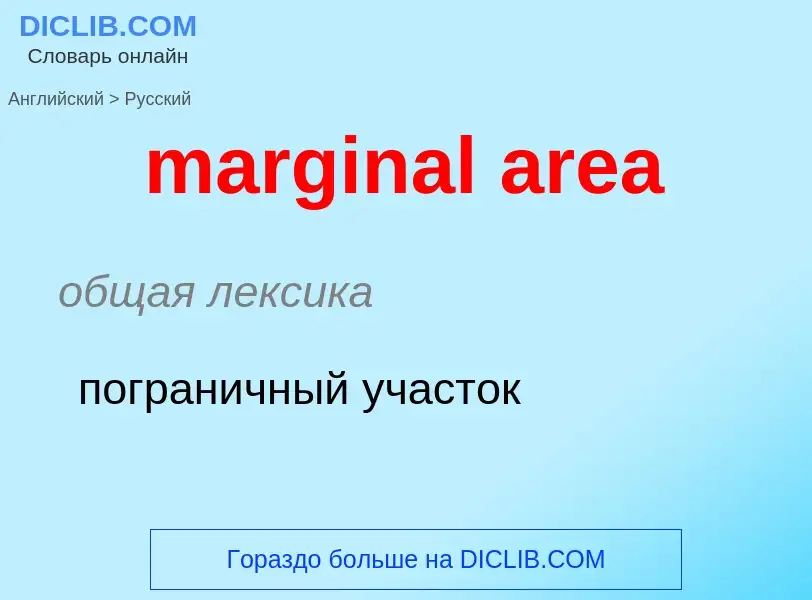Tradução e análise de palavras por inteligência artificial
Nesta página você pode obter uma análise detalhada de uma palavra ou frase, produzida usando a melhor tecnologia de inteligência artificial até o momento:
- como a palavra é usada
- frequência de uso
- é usado com mais frequência na fala oral ou escrita
- opções de tradução de palavras
- exemplos de uso (várias frases com tradução)
- etimologia
marginal area - tradução para russo
общая лексика
пограничный участок
Wikipédia
In linguistics, a segment is "any discrete unit that can be identified, either physically or auditorily, in the stream of speech". The term is most used in phonetics and phonology to refer to the smallest elements in a language, and this usage can be synonymous with the term phone.
In spoken languages, segments will typically be grouped into consonants and vowels, but the term can be applied to any minimal unit of a linear sequence meaningful to the given field of analysis, such as a mora or a syllable in prosodic phonology, a morpheme in morphology, or a chereme in sign language analysis.
Segments are called "discrete" because they are, at least at some analytical level, separate and individual, and temporally ordered. Segments are generally not completely discrete in speech production or perception, however. The articulatory, visual and acoustic cues that encode them often overlap. Examples of overlap for spoken languages can be found in discussions of phonological assimilation, coarticulation, and other areas in the study of phonetics and phonology, especially autosegmental phonology.
Other articulatory, visual or acoustic cues, such as prosody (tone, stress), and secondary articulations such as nasalization, may overlap multiple segments and cannot be discretely ordered with them. These elements are known as suprasegmentals.

